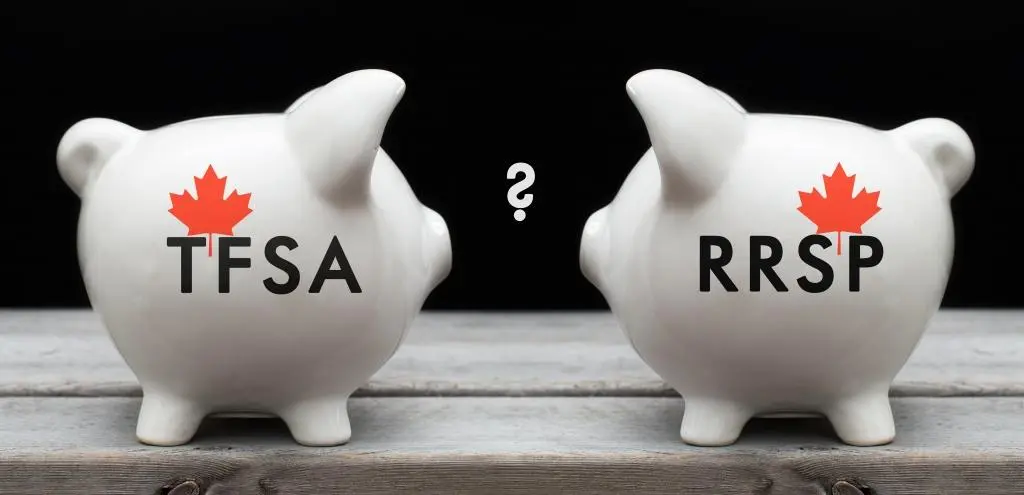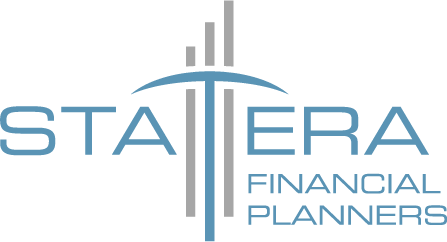RRSPs and TFSAs

When you decide to invest your money, the options can seem endless. Among the top choices are usually RRSPs and TFSAs. Other options can include the FHSA, Non-registered accounts, RESPs, RDSPs, and they all have a very important consideration into someone’s financial future depending on their goals.
As the two most common starting points for an individual, what are the differences between RRSPs and TFSAs specifically? What are the benefits of each?
What's an RRSP?
A Registered Retirement Savings Plan, or RRSP, is where you can contribute money until the age of 71 to be used for funding your retirement expenses. Your RRSP contribution room is calculated as a percentage of your earned income each calendar year.
The benefits of a RRSP:
- Your RRSP contributions act as a deduction towards your income in the year the contribution was made, resulting in a lower taxable income, or even a possible refund, when you file your taxes.
- You or your spouse/common law partner can contribute to your RRSP.
- Unused contribution room is carried forward.
- Provides access to the Home Buyers Plan and
- Lifelong Learning Plan.
- You don’t pay tax on the contributed principle or the investment growth in an RRSP until it’s withdrawn.
What's an TSFA?
A Tax-Free Savings Account, or TFSA, is where anyone 18 years of age or older can contribute money based on the annual contribution limit provided by the government.
The benefits of a TFSA:
- You don’t pay tax on any money earned within a TFSA or on the money you withdraw from a TFSA.
- While there is an annual contribution limit, there is no contribution deadline. This means you can contribute any time.
- Any unused contribution room is carried forward.
- If you withdraw money from a TFSA, your contribution limit will be reset come January 1 of the following calendar year, meaning you can recontribute those funds without the initial contribution room be lost permanently.
- It provides flexibility. You can use TFSA funds for any purpose; large expenses - including academic courses, a down payment on a home, retirement expenses, emergency savings.
- Anyone can contribute into your TFSA, by gifting you the funds to do so. There will be no attribution of income.
RRSPs are pointless if you have to pay tax once retired.
Not necessarily. As you build your savings in an RRSP, that growth is tax sheltered until it’s withdrawn. So, by the time you start withdrawing a steady amount from your RRSP, you’ll be retired and may no longer be receiving employment income. That means your tax rates may be lower on withdrawals, so the money that you’ve saved for years in an RRSP can still help you live out your dream retirement. Plus, each year you contribute to your RRSP, you can claim an income tax deduction for the amount you’ve contributed. So, while you’ll pay tax on withdrawals during retirement, you can save on your taxes in the years you contribute.
RRSPs and TFSAs are investments.
Not true. RRSPs and TFSAs are simply accounts with some tax-saving features. You can hold a variety of saving or investing products within an RRSP or TFSA.
RRSPs are only for retirement.
The money that you invest in an RRSP can go towards more than your retirement. Here are some other big life events that you can put your RRSP funds towards:
- Financing a home: You can borrow money from your RRSP for a down payment on your first home under the government’s Home Buyers’ Plan. You don’t have to pay tax on this money, so long as you pay it back within 15 years after it’s withdrawn.
- Saving for an education: You can borrow money from your RRSP to pay for full-time education or training for yourself or your spouse under the government’s Lifelong Learning Plan. You don’t have to pay tax on this money, so long as you pay it back over a period of 10 years.
Investing money with many financial companies is the easiest way to diversify.
To have a well-diversified portfolio, your money doesn’t have to be spread across different institutions. Instead, you can invest your money with one institution and put it in different investment options. Keeping your assets with one institution provides your advisor with a complete view of your portfolio, which can help determine if it’s meeting your financial goals.
You should only put money in an RRSP right before the annual deadline.
That’s not necessarily true. Every year, the deadline to contribute to your RRSP is in the first 60 days of the year. However, you can contribute up to the maximum amount at any point throughout the year, which can help you save at a steady rate. If contributed early in the year, you can get the benefit of compound interest that will be reinvested- the money grows for almost a full additional year.

As financial planners, we do not provide specific tax and legal advice. You should always consult your accountant and/or lawyer where necessary. Because of the many ways a strategy may be impacted when segmented, we prefer to communicate collectively with your external professionals to ensure that all recommendations and action plans are in the overall best interest of you, with your professionals working with common goals in mind.
You are never obligated to act on our recommendations of products, services, or advice.
